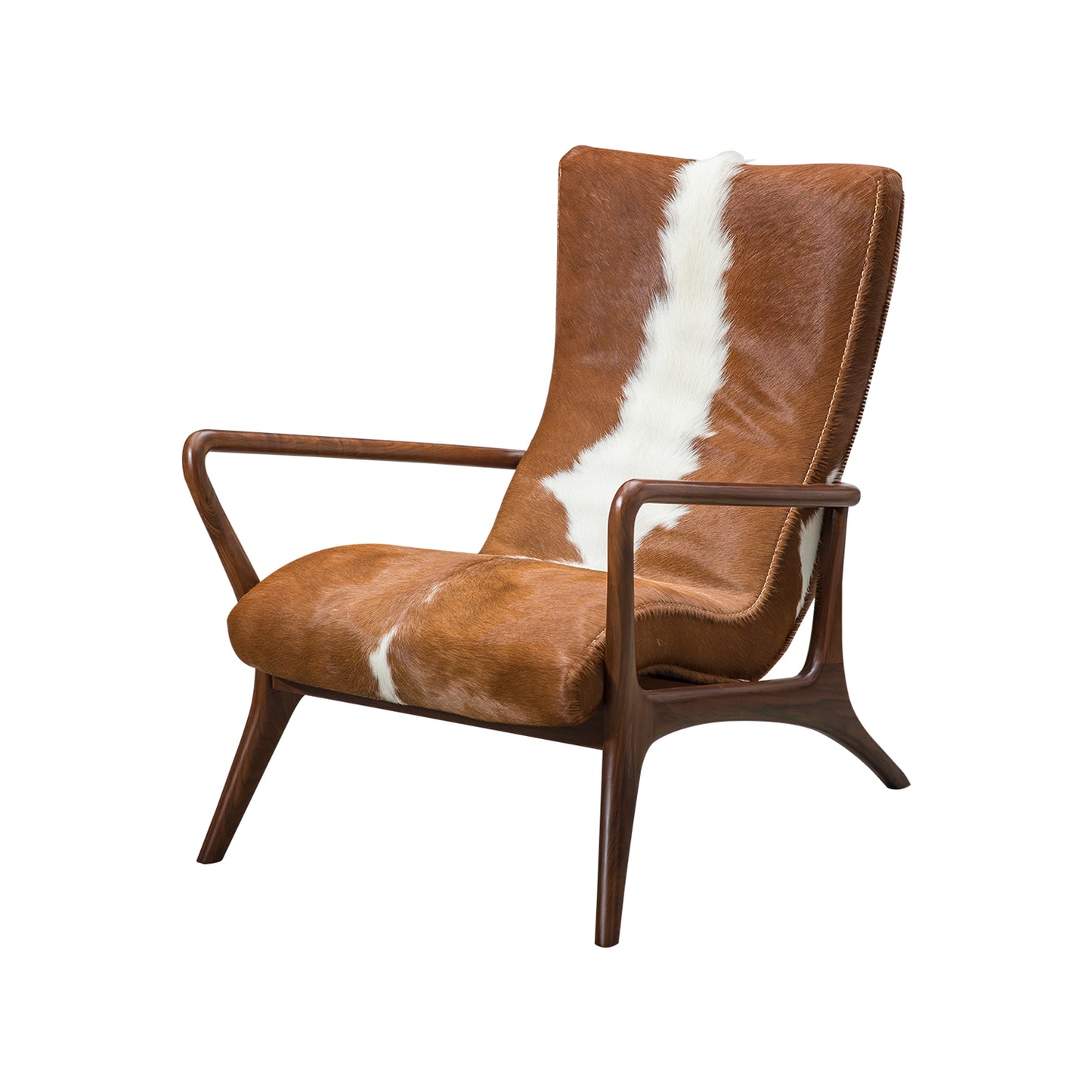The chair is more than just a functional piece of furniture; it is a reflection of cultural values, technological advancements, and artistic expression. Throughout history, the design of chairs has evolved dramatically, adapting to the needs and tastes of different eras. This article delves into the fascinating journey of chair design, highlighting key developments and styles that have emerged over the centuries.

Ancient Origins of the Chair
The history of the chair can be traced back to ancient civilisations. In Egypt, chairs were symbols of power, often crafted from wood and adorned with intricate carvings. Similarly, the Greeks and Romans created chairs that combined functionality with elegance. The iconic klismos chair, with its curved back and tapered legs, exemplifies the aesthetic principles of ancient Greece.
- Egyptian chairs: Symbolic and ornate.
- Greek klismos: A blend of beauty and comfort.
- Roman curule: A folding chair for dignitaries.
The Renaissance and Baroque Periods
During the Renaissance, the chair underwent significant transformation. Craftsmen began to experiment with new materials and techniques, leading to the creation of lavishly decorated pieces. The Baroque period further pushed the boundaries of design, with chairs featuring elaborate carvings, gilded finishes, and sumptuous upholstery.
What makes these chairs stand out? Their ability to convey status and wealth was paramount. The ornate details and luxurious fabrics used in these designs were not merely for comfort but also served as a statement of power.
Modernism and the Birth of Functionalism
The 20th century heralded a new era in chair design, characterised by the principles of modernism. Designers like Charles and Ray Eames revolutionised the industry by prioritising functionality and simplicity. The iconic Eames Lounge Chair, for instance, combined comfort with sleek lines, becoming a symbol of mid-century modern design.
- Focus on functionality over ornamentation.
- Use of new materials like moulded plywood and plastic.
- Emphasis on ergonomic design for enhanced comfort.
Contemporary Chair Design: A Fusion of Styles
Today, the chair continues to evolve, reflecting contemporary trends and lifestyles. Designers are increasingly blending traditional craftsmanship with modern technology, resulting in innovative and sustainable designs. The rise of minimalism has also influenced chair design, with many opting for clean lines and understated elegance.
For those seeking a perfect blend of style and comfort, exploring collections such as those available at  can provide inspiration and options that cater to various tastes.
can provide inspiration and options that cater to various tastes.
Conclusion: The Timeless Appeal of Chairs
In conclusion, the chair has undergone a remarkable evolution, from ancient symbols of power to modern masterpieces of design. Each era has contributed to the rich tapestry of chair history, making it a fascinating subject for both enthusiasts and casual observers alike. As we continue to innovate and redefine our living spaces, the chair remains an essential element, embodying both function and artistry.








